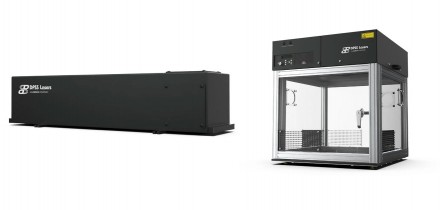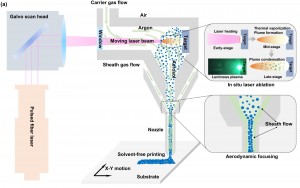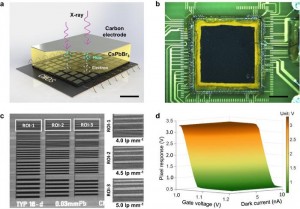
Researchers led by Prof. GE Yongshuai at the Shenzhen Institute of Advanced Technology (SIAT) of the Chinese Academy of Sciences, in collaboration with researchers at Central China Normal University, have developed a high-performance perovskite X-ray complementary metal-oxide-semiconductor (CMOS) detector for medical imaging.
The study was published in Nature Communications on Feb. 21.
X-ray imaging is vital for the diagnosis and treatment of cardiovascular and cancer diseases. Direct-conversion X-ray detectors made of semiconductor materials exhibit superior spatial and temporal resolution at lower radiation doses compared to indirect-conversion detectors made of scintillator materials. However, the currently available semiconductor materials, such as Si, a-Se, and CdZnTe/CdTe, are not ideal for general X-ray imaging due to their low X-ray absorption efficiency or high costs.
Perovskite is a promising alternative to conventional semiconductor materials. However, the feasibility of its combination with high-speed pixelated CMOS arrays is still unknown.
To address this issue, researchers developed a direct-conversion X-ray detector fabricated with a 300 μm thick inorganic CsPbBr3 perovskite film printed on a dedicated CMOS pixel array.
Researchers found that the screen-printed thick CsPbBr3 film has a high μτ product of 5.2×10-4 cm2 V–1, a high X-ray detection sensitivity of 15891 µC Gyair–1 cm–2, and a low dose detection limit of 321 nGyair s–1.
Experimental X-ray 2D imaging results showed that the proposed perovskite CMOS detector can achieve very high spatial resolution (5.0 lp mm-1, hardware limit is 6.0 lp mm-1) and low-dose (260 nGy) imaging performance.
Moreover, 3D CT imaging was also validated with the proposed detector at a fast signal readout speed of 300 fps.
"Our work shows the potential of lead halide perovskites in revolutionizing the development of state-of-the-art X-ray detectors with significantly enhanced spatial resolution, readout speed, and low-dose detection efficiency,” said Prof. GE. "This paves the road for medical X-ray imaging applications to become gentler and safer in the future."






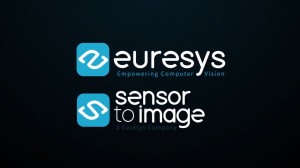
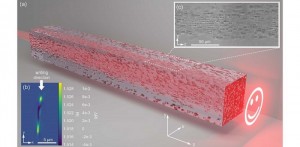
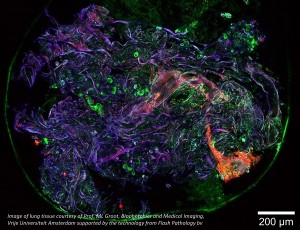

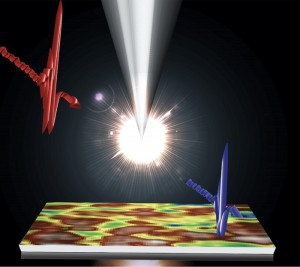

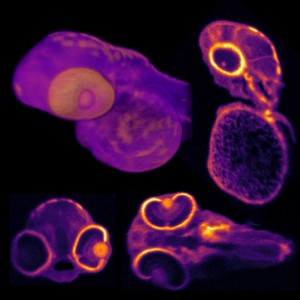
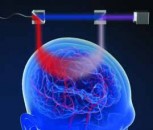

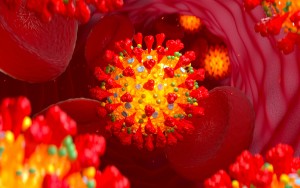















 Back to News
Back to News










